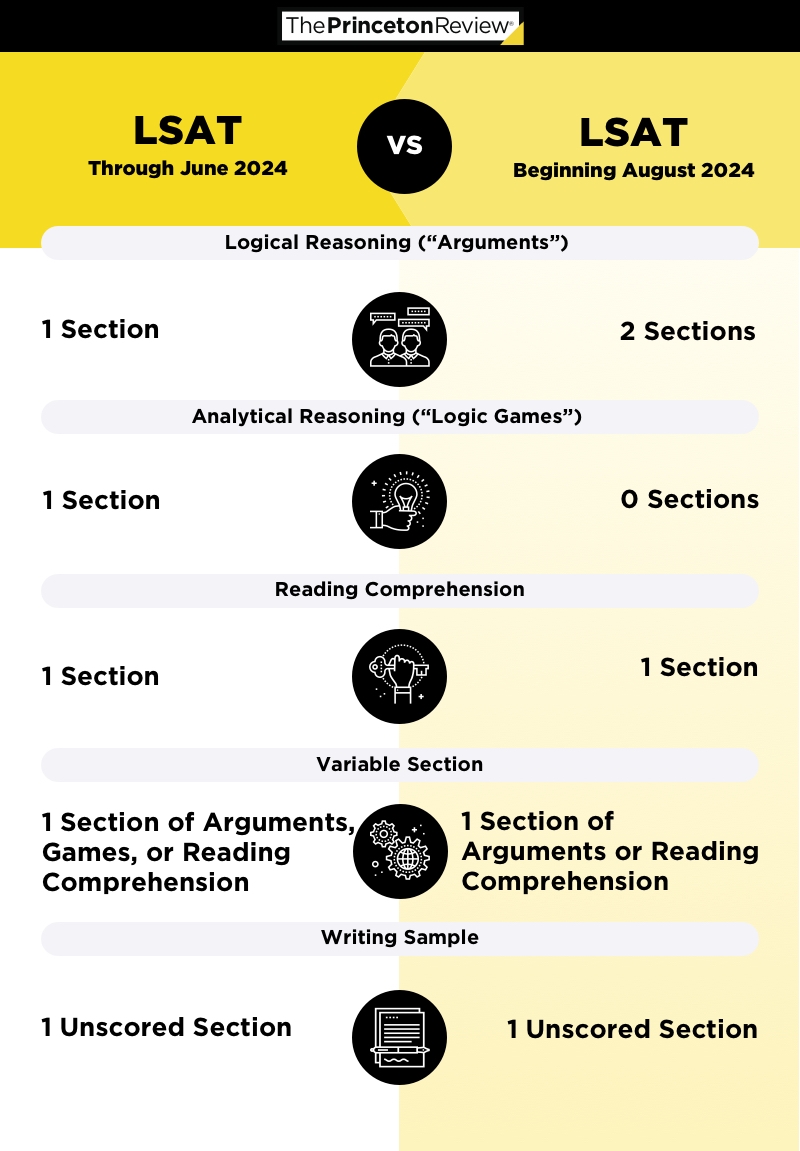When it comes to applying for law school, one of the key components of the admissions process is taking the Law School Admission Test (LSAT). This standardized test is designed to assess the critical thinking and analytical reasoning skills needed for success in law school. Understanding how the LSAT is administered is crucial for anyone preparing to take the exam.
The LSAT is typically administered four times a year in designated test centers across the United States and Canada. Test dates are set by the Law School Admission Council (LSAC), the organization responsible for creating and administering the LSAT. Students must register for the exam in advance and can choose from available test dates and locations.
How is the LSAT Administered
On the day of the exam, test-takers must arrive at the designated test center with a valid photo ID and their LSAT admission ticket. The test is administered in a paper-and-pencil format and consists of five multiple-choice sections, including one reading comprehension section, one analytical reasoning section, and two logical reasoning sections. There is also an unscored experimental section used for research purposes.
Each LSAT administration lasts approximately four hours, including a break in the middle of the exam. Test-takers are required to follow strict guidelines during the exam, such as not using electronic devices, talking to other test-takers, or leaving the testing room without permission. Proctors oversee the administration of the exam to ensure fairness and adherence to testing protocols.
After completing the exam, test-takers receive their LSAT scores within a few weeks. Scores range from 120 to 180, with the average score typically falling around 150. LSAT scores are a crucial component of law school applications and are considered by admissions committees when evaluating prospective students.
In conclusion, the LSAT is administered in a standardized and structured manner to ensure fairness and consistency for all test-takers. Understanding the administration process is essential for anyone preparing to take the exam and pursue a legal education. By familiarizing themselves with the logistics of the LSAT, students can better prepare for test day and maximize their chances of success.
